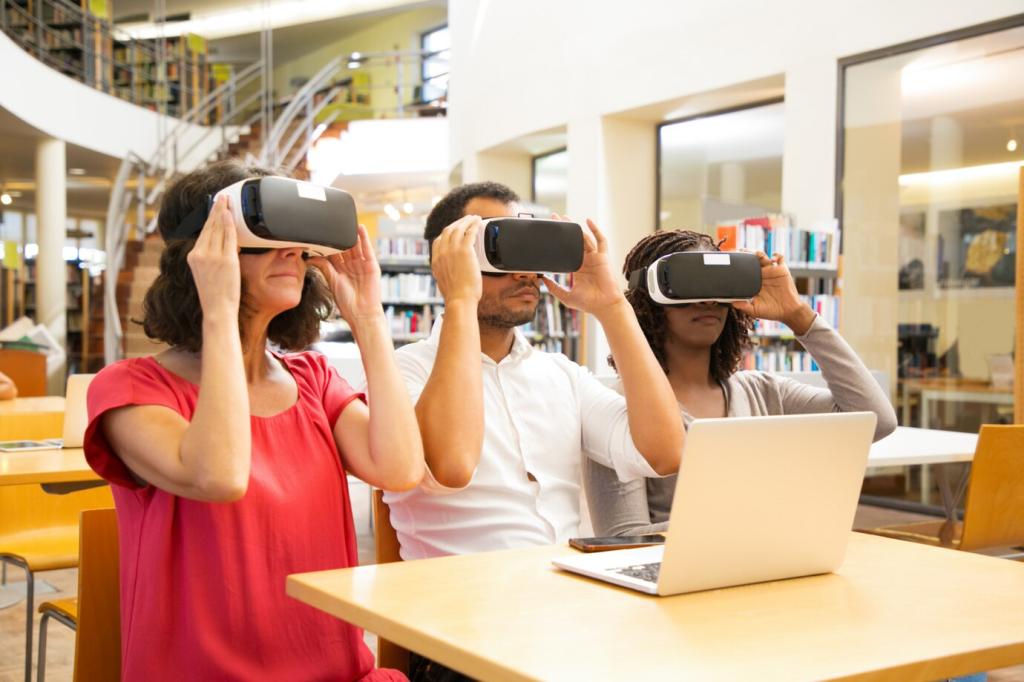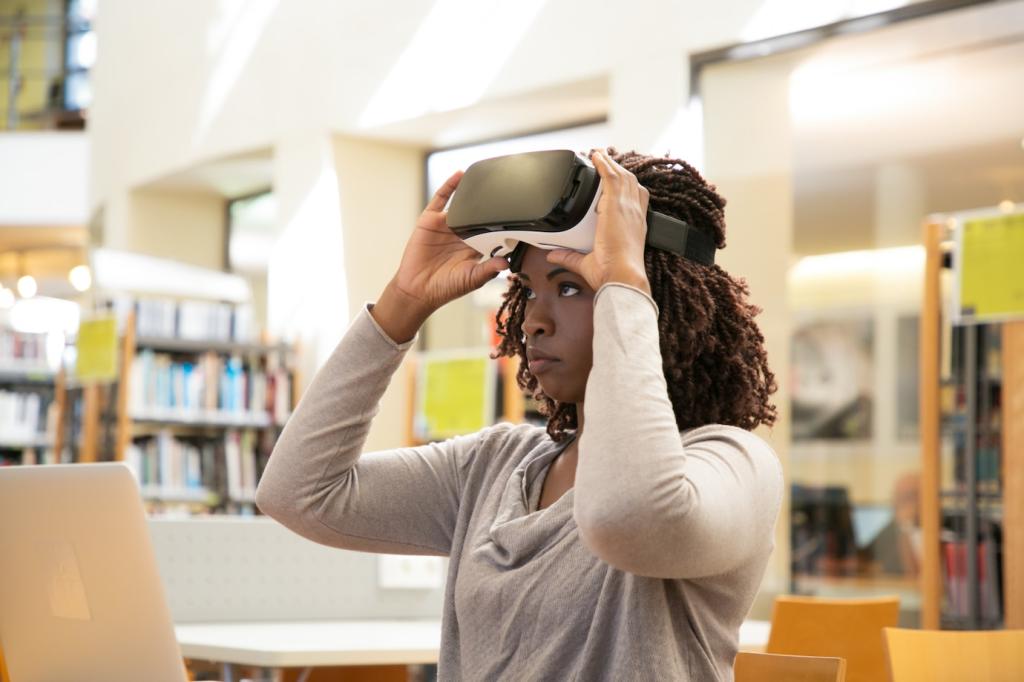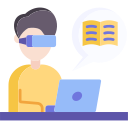Virtual Reality’s Impact on Modern Education
Virtual Reality (VR) is redefining the educational landscape, offering immersive learning experiences that dramatically differ from traditional teaching methods. As technology evolves, classrooms across the globe are incorporating VR to enhance engagement, retention, and skill development. This transformation goes far beyond the novelty of wearing headsets; it addresses core educational challenges and opens new pathways for collaboration, creativity, and inclusivity. By integrating VR, educators unlock the ability to simulate complex concepts, foster empathy, and personalize learning plans. This page delves into the multifaceted impact of VR on modern education, exploring its advantages, challenges, and the future it promises for students and educators alike.

The Evolution of Educational Technology


Making Learning Dynamic
Gamification and Interactive Challenges
Real-Time Feedback and Progress Tracking

Real-World Simulations and Experiential Learning
Personalized Learning Experiences

Promoting Collaboration and Social Learning
Expanding Access to Quality Education
Financial Barriers and Infrastructure Needs
Training and Curriculum Development
Addressing Equity and Digital Divide

